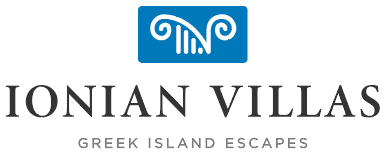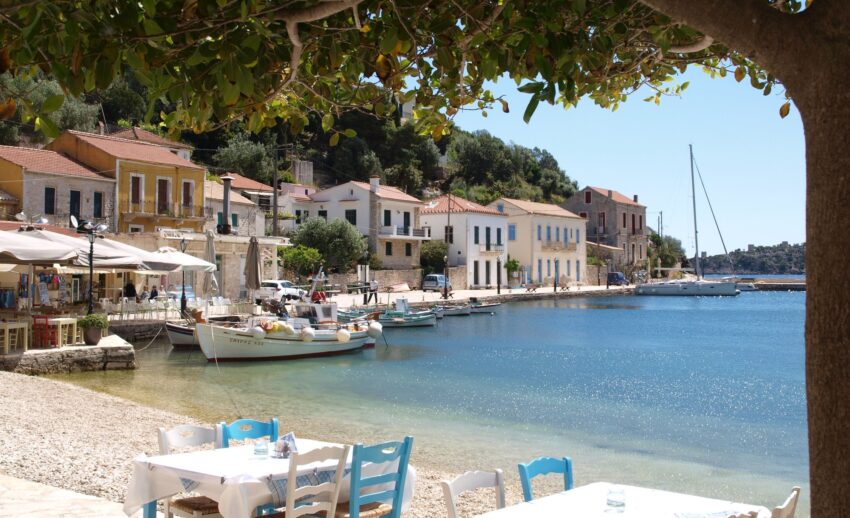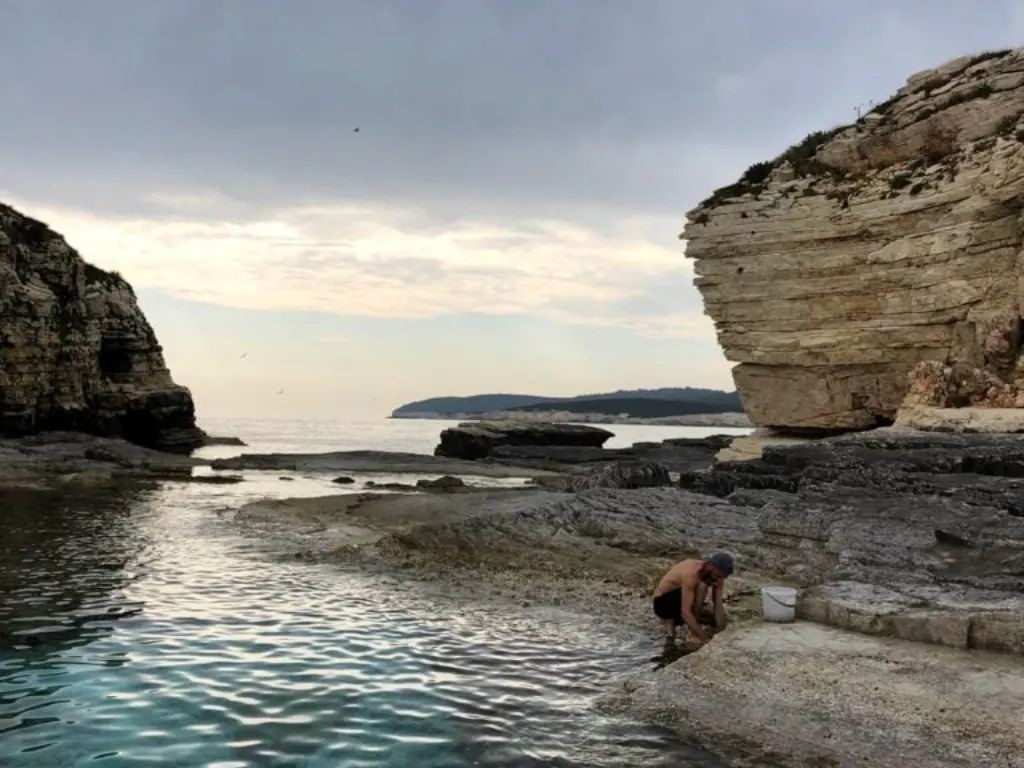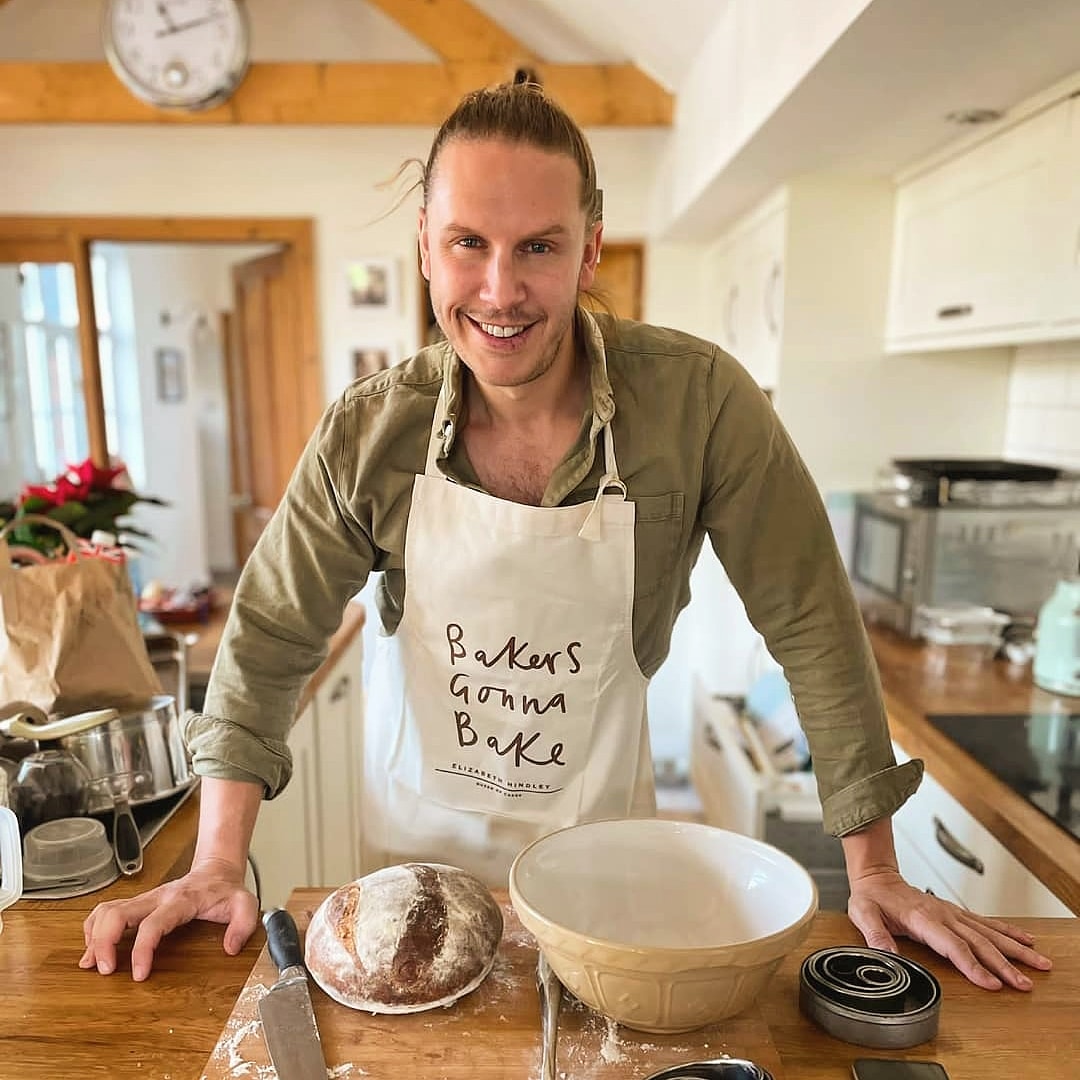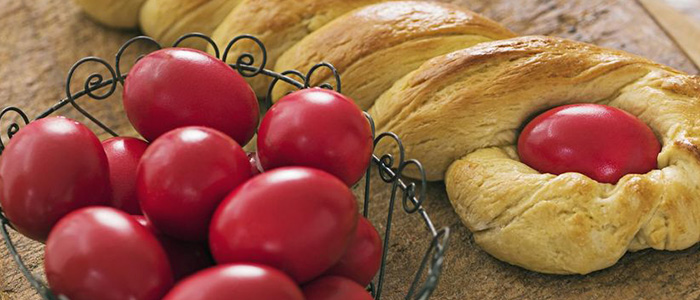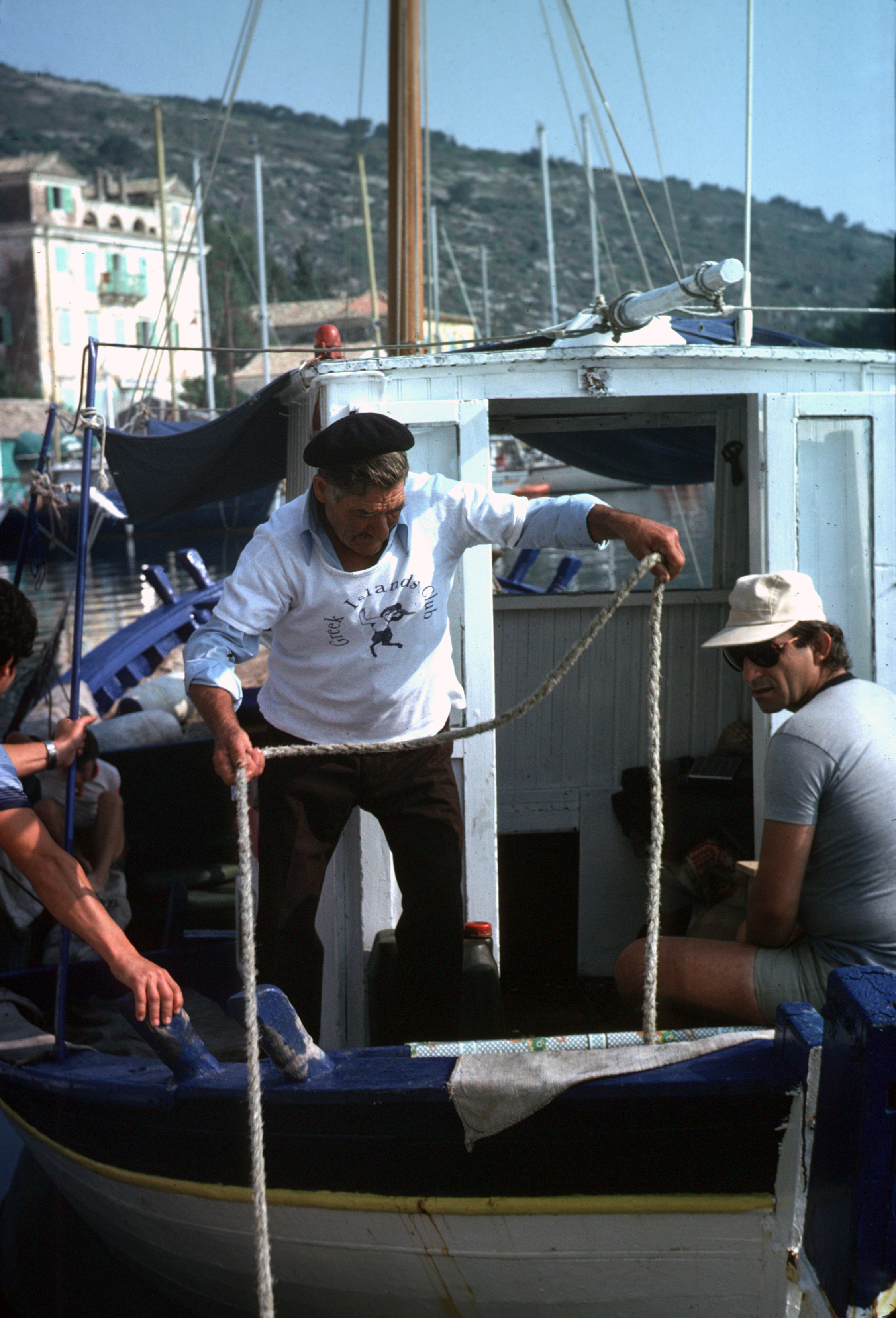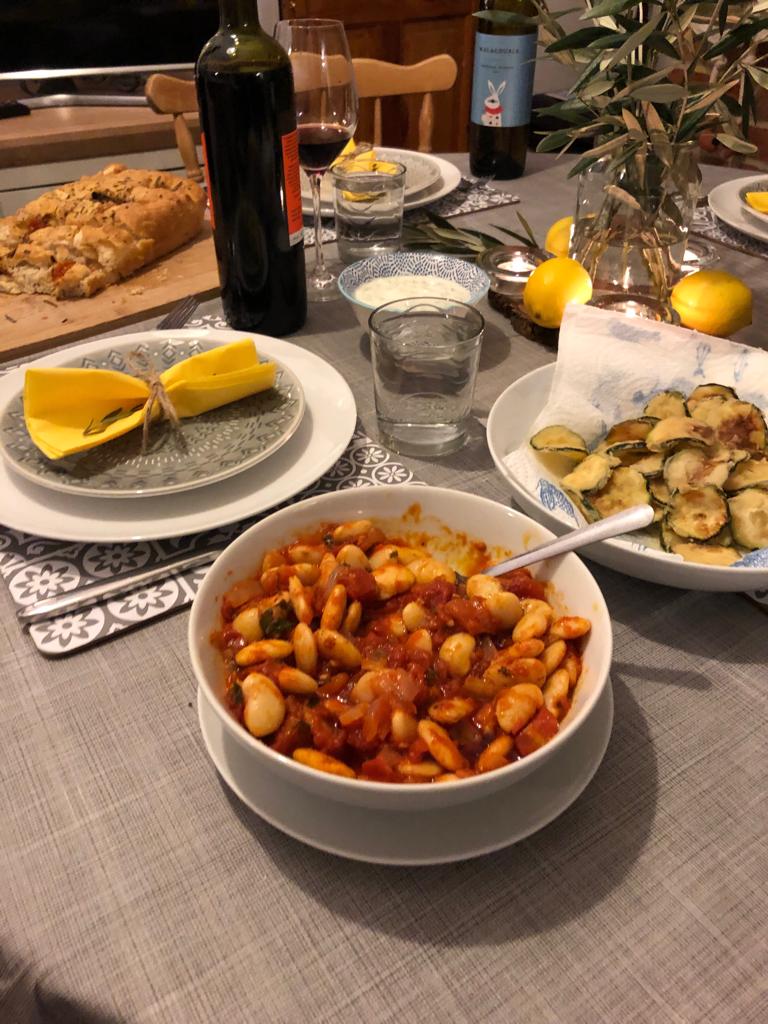My father and I started a villa rental company, called Greek Islands Club, in the late 1960’s on the Ionian island of Paxos. My father sold the holidays, based in a small office above a Wimpy Bar in the Strand, and I was the troubleshooting Rep based on Paxos. The supply of Paxos houses for…
Category: Island Life
What’s all this about cracking red eggs for Greek Easter?
(A glimpse into the traditional festivities of a Greek Orthodox Easter) Over 90% of Greeks identify with the Greek Orthodox Christian faith. Their church has played a strong part in their history and religious traditions are important to them. One of the most celebrated events of the calendar is the Orthodox Easter and this year…
Ionian Environment Foundation – a piece from Victoria Turner
My name is Victoria Turner and I have a home and family on Paxos. As such I care deeply about the people and the environment of this island, and their relationship with each other. I have seen that, despite the spectacular environmental beauty and warmth of the communities here, the island faces many challenges. From…
Foraging on Antipaxos – From Guest Writer & Chef Andrew Hindley
Legend has it that Poseidon, lord of the seas, spotted the Sea Goddess Amphitrie dancing on the island of Naxos. He immediately fell in love – of course he did – and after chasing her to the ends of the world he broke off a little piece of paradise, dragging a fragment of Corfu south,…
Life & Food on Paxos – From Guest Writer & Chef Andrew Hindley
My name is Andrew and I am a self taught private chef, working and living on the small Greek island of Paxos. I first met Alex and Cat from the Ionian Villas team when I moved to Paxos in 2015. At the time they were residing full time on Paxos and now having left the island they…
An Ancient Footpath to Erimitis Spring
Paxos has three ports and the central village of Magazia. Magazia means “shops” and was once the main shopping centre of the island (it even had a ginger beer maker!). In surrounding valleys and on olive-clad hilltops are family hamlets consisting of a cluster of houses and a family church or two. When the island…
Kalo Pascha
We just wanted to wish you all a very happy Greek Easter! If you want to visit the Ionian Islands for Greek Easter 2020, we recommend visiting Corfu Town where the Easter festivities are spectacular. With colourful processions, Philharmonic bands, dancing and even a tradition of throwing ceramic pots from windows and balconies to ban…
Paxos Ferries Over The Years
The only way of getting from Corfu to Paxos in 1965, my first visit, was aboard a weather-worn, wooden caique called “Aspasia”. A central deckhouse cum cockpit provided hard bench seating for around 40 passengers. The Aspasia’s crossing time varied between 5 and 7 hours depending on the weather. The journey south from Corfu Town,…
Carnival Season on Lefkas
The Greek word “Apokries” means abstaining from meat and is used to describe Greece’s carnival season, which precedes the 40 days of fasting (Lent) that lead up to Easter. In Ancient Greece there were celebrations at this time of year to commemorate the end of winter and the coming of spring, which were associated with…
A Taste of Greece
As a family we enjoy visiting the Ionian islands for so many reasons… their hidden beaches, the glorious weather and the friendly people but one thing we most definitely love is the FOOD!! During the Winter months we spend most of our time in the office based in the UK. In January we start dreaming of…
